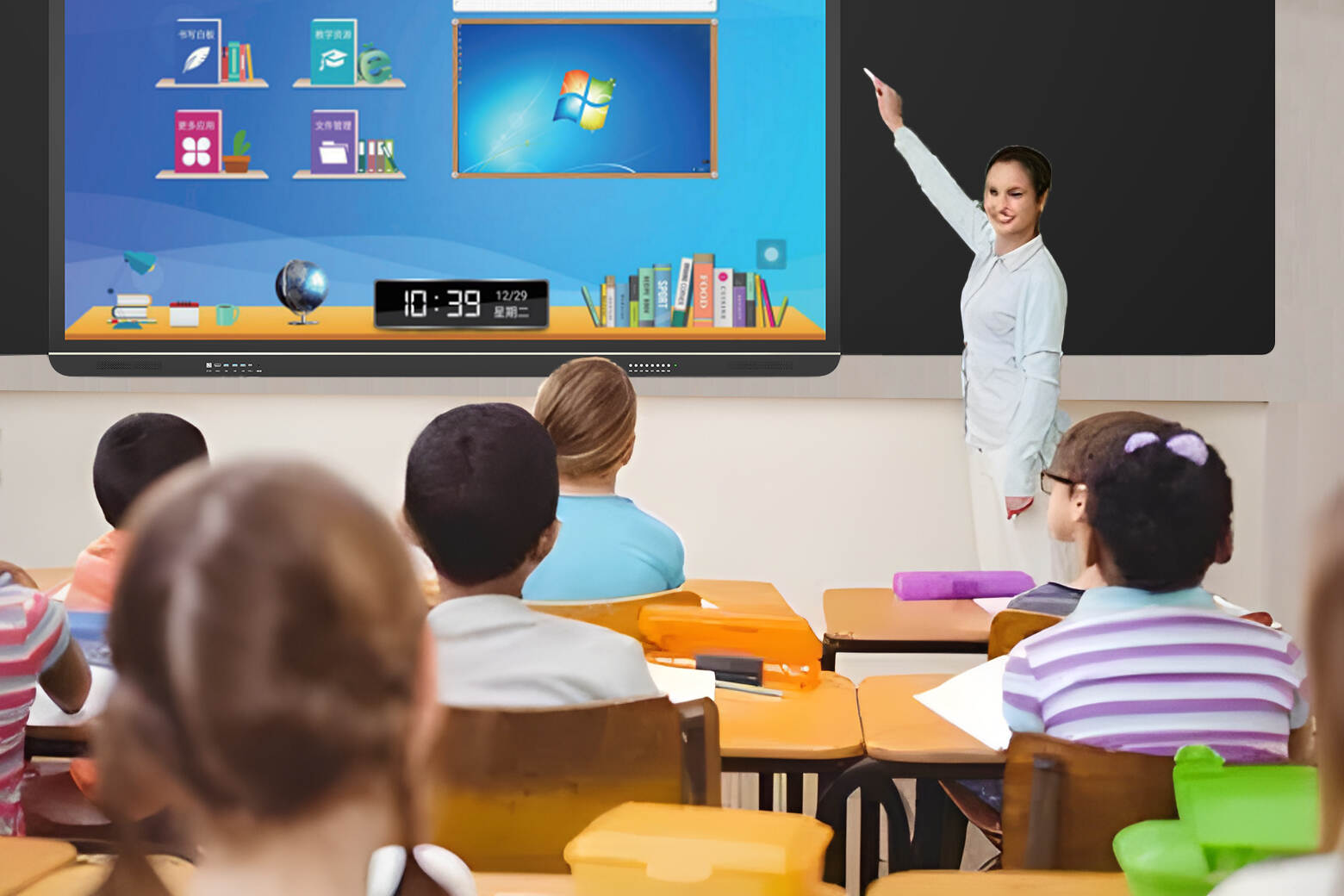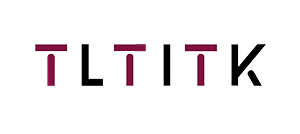Email format error
Email cannot be empty
Email already exists
6-20 characters(letters plus numbers only)
The password is inconsistent
Email format error
Email cannot be empty
Email does not exist
6-20 characters(letters plus numbers only)
The password is inconsistent

News
Here, you can describe a piece of text you want to express

Enhancing Remote Learning with Interactive Digital Boards: A Guide for Teachers and Students
In today's digital age, remote education has become an essential part of our learning system. One of the most effective tools in fostering interactive and engaging remote learning is the use of interactive whiteboards and blackboards. These technologies are transforming the way teachers and students interact and share educational content in virtual classrooms. Here's how interactive digital boards are helping in creating a more connected and effective learning environment.
Interactive Whiteboards: Bridging the Gap
Interactive whiteboards (IWBs) are digital boards that allow teachers to present lessons and interact with students in real-time. They provide a versatile platform where both instructors and learners can write, draw, and collaborate on shared content. With tools like virtual pens, erasers, and multimedia capabilities, these whiteboards make lessons more engaging and dynamic.
For teachers, IWBs offer the ability to upload educational resources like presentations, images, and videos. This visual approach helps students understand complex concepts more easily. Additionally, IWBs can capture notes and diagrams, which can be saved and shared with students for later review, ensuring that no information is lost in the process.
Interactive Blackboards: A New Era for Collaboration
Similarly, interactive blackboards, which typically mimic the look of traditional chalkboards but offer digital capabilities, play a significant role in virtual education. These boards allow for instant updates, instant feedback, and the easy sharing of materials, fostering real-time collaboration between students and teachers.
The key benefit of these digital blackboards lies in the ease of use and the immediate interactivity they provide. Students can submit answers, ask questions, and interact with the content, making learning a more interactive experience. Teachers can track student progress and provide immediate feedback, ensuring that students stay on track with the lesson.
Remote Interaction and Content Sharing
One of the most valuable aspects of interactive whiteboards and blackboards is their ability to enable remote interaction and content sharing. Whether students are learning from home or in a remote classroom setting, these tools create an interactive environment similar to that of a physical classroom.
Teachers can present live lessons, annotate content, and engage students in discussions all in real time. Additionally, students can contribute to lessons by answering questions, solving problems, or sharing their ideas through the digital platform. This promotes a sense of community and engagement, even when students are geographically separated.
Conclusion
Interactive whiteboards and blackboards are redefining the landscape of remote education. By providing a platform for dynamic lessons, instant feedback, and seamless content sharing, these tools create a more engaging, effective, and collaborative learning experience. For both teachers and students, the use of these digital boards helps bridge the gap of distance, making learning more interactive and accessible. As remote learning continues to evolve, these technologies will play an increasingly important role in shaping the future of education.

